As the Construction Industry Returns to Work, What Now?
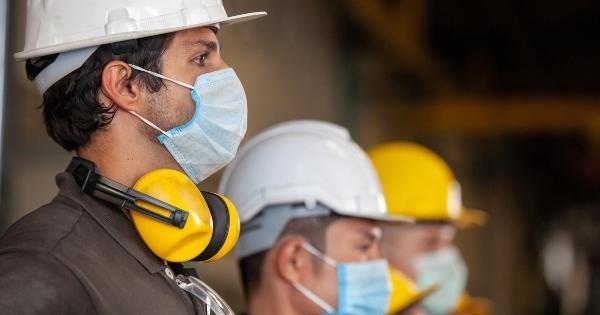
By Richard V. Blystone, Cotney Construction Law.
Guidance for employers in the construction industry to keep workers protected and help prevent infection.
You may have furloughed workers, laid them off, terminated them or otherwise reduced your workforce, in response to the pandemic. As restrictions are lifted, and things slowly return to a semblance of normalcy, you may start bringing employees back. This article will address certain issues that employers, and in particular, employers in the construction industry, should think about before, during and after they do.
The safety of your returning workforce is likely your paramount concern. To that end, in April, OSHA issued guidance for the construction industry, which outlines 12 steps that all workplaces should take to protect workers and help prevent infection. The 12 steps listed are as follows:
-
Encourage workers to stay home if they are sick.
-
Allow workers to wear masks over their nose and mouth to prevent them from spreading the virus.
-
Continue to use other normal control measures, including personal protective equipment (PPE), necessary to protect workers from other job hazards associated with construction activities.
-
Advise workers to avoid physical contact with others and direct employees/contractors/visitors to increase personal space to at least six feet, where possible. Where work trailers are used, all workers should maintain social distancing while inside the trailers.
-
Train workers how to properly put on, use/wear, and take off protective clothing and equipment.
-
Encourage respiratory etiquette, including covering coughs and sneezes.
-
Promote personal hygiene. If workers do not have immediate access to soap and water for handwashing, provide alcohol-based hand rubs containing at least 60 percent alcohol.
-
Use Environmental Protection Agency-approved cleaning chemicals from List N or that have label claims against the coronavirus.
-
To the extent tools or equipment must be shared, provide and instruct workers to use alcohol-based wipes to clean tools before and after use. When cleaning tools and equipment, workers should consult manufacturer recommendations for proper cleaning techniques and restrictions.
-
Keep in-person meetings (including toolbox talks and safety meetings) as short as possible, limit the number of workers in attendance, and use social distancing practices.
-
Clean and disinfect portable jobsite toilets regularly. Hand sanitizer dispensers should be filled regularly. Frequently touched items (i.e., door pulls and toilet seats) should be disinfected.
-
Encourage workers to report any safety and health concerns.
If it is feasible, construction companies should consider implementing a coronavirus safety plan for each job and designate a "COVID-19 Safety Officer" for each project. On larger projects, you might consider a separate officer for each subcontractor. Ultimately, this may become standard practice. Certain states, like Pennsylvania, are already taking this step.
What about HR issues? Having a thorough plan in place will help give peace of mind to your returning employees and their families. HR professionals should communicate early and often with your company’s employees. During a crisis like this, employees want to know how the pandemic will continue to affect their jobs, and how the organization will be impacted. Employees will want to know that you have a solid plan in place to address safety issues, generally and as they arise. Keep your messaging simple, and do not worry about over communicating, especially to these key stakeholders:
-
Management and supervisors: These folks are on your front lines when it comes to implementing new policies and mitigating employee and customer concerns. Conduct training sessions for management and supervisors to prepare them with new policies and protocols and how to respond to employee questions or concerns. Ensure timely updates are shared with them regarding impact to the business, customers, supply chain, staffing status, positive coronavirus cases within the workplace, and FAQs.
-
Contractors, vendors and on-site visitors: They will need to understand protocol for access to your workplace as well as new rules that impact them.
-
Suppliers and Customers: Your start up and ramp up plans may need to be coordinated with your customers and suppliers. In some cases, discussions on risk mitigation, inventory management and capital may be necessary so you can prioritize accordingly. If you are a large employer, consider if pro-active outreach and periodic updates to VIPs or the local health department would be helpful as your workforce returns.
HR policies: In sum, a thorough analysis of existing policies should be undertaken to include adjustments made for recent legislation, including but not limited to the Families First Coronavirus Response Act (FFCRA), and to address the “new normal.” Some policies you should review and consider include:
-
Attendance: There are clearly times now, such as when an employee has a fever, when you want or require people to be absent. Does your attendance policy address these factors? Whereas before, you may have instituted discipline for attendance issues, but now, a policy allowing for discretion may be appropriate.
-
Vacation/paid time off: Can you still afford to pay for vacations and/or offer PTO? Will you have the coverage you need with a smaller workforce?
-
Remote work: Whereas before this may have been the exception, is it now the rule? Do you have a remote work policy? How do you keep employees accountable? What about clocking in and clocking out? Break times?
-
Work hours: Do you have a policy in place to determine start/stop time, breaks, lunch times, flexible hours, and staggered work hours, exempt versus non-exempt status? Are your salaried workers only working 2-3 days per week? Can you lawfully dock their pay? Should exempt salary workers be changed to hourly employees?
-
Timekeeping: How are you tracking time spent working? What are the procedures for clocking in and clocking out?
-
Leave policies including sick leave: Do employees still need a note to support a sick leave request? Does it make sense given what medical providers are currently focused on?
-
Travel policies including business and personal travel: How do you plan to keep your employees safe when traveling? Should you institute additional policies and protocols related to overnight or air travel?
-
ADA, if applicable, particularly as it relates to the issue of reasonable accommodations and privacy: What obligations may exist if an employee has a disability that makes him or her more susceptible to the coronavirus? Are you taking employees’ temperatures? What can you ask employees? What can you tell other employees? What health-type records are you generating?
-
FMLA, if applicable: Does your policy make FMLA leave concurrent with other forms of leave? What if you have dropped below 50 employees due to layoffs, furloughs or terminations?
-
Workers’ compensation: If and when is coronavirus a covered injury or illness?
Please remember that in some circumstances multiple policies could be implicated. For instance, if an employee contracts COVID-19 while on the job, your workers’ compensation, FMLA, ADA and employee privacy policies might each be relevant. This is where competent employment counsel comes in. These issues can become complex in a hurry. They might also change from one week or month to the next, whether through new legislation or because of shifts of the pandemic or general public, or of the construction industry generally.
So, the last piece of advice I will give here is to strongly consider retaining a qualified, experienced employment lawyer. In fact, you may want to keep his or her number on speed dial. An ounce of prevention, extra precaution, and appropriate policies and procedures, may well be a few pounds of cure (consider the litigation costs you might avoid). Quality employment counsel and their clients should work as a team, bouncing scenarios, ideas and solutions off one another, analyzing and drafting new or updated policies together, and cooperating to ensure that when the plaintiff’s attorneys of the world come knocking, and they will, that employers have made decisions, and addressed circumstances and fact patterns created by the pandemic, in ways that best mitigate your organization’s exposure.
Author’s note: The information contained in this article is for general educational information only. This information does not constitute legal advice, is not intended to constitute legal advice, nor should it be relied upon as legal advice for your specific factual pattern or situation.
Learn more about Cotney Construction Law in their RCS directory.






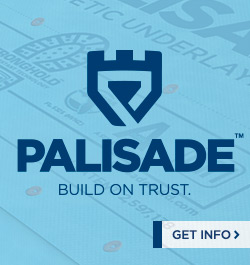







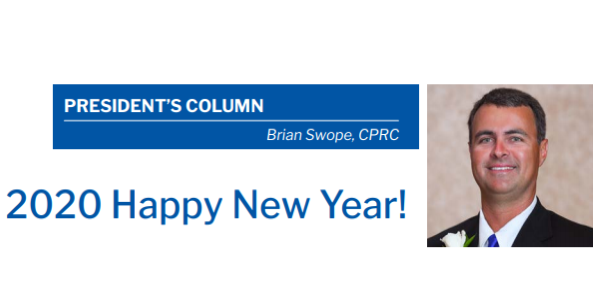
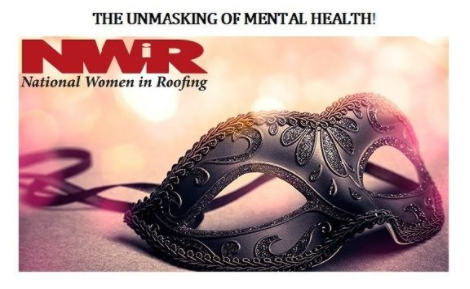




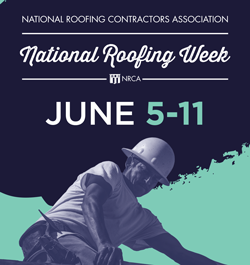


Comments
Leave a Reply
Have an account? Login to leave a comment!
Sign In